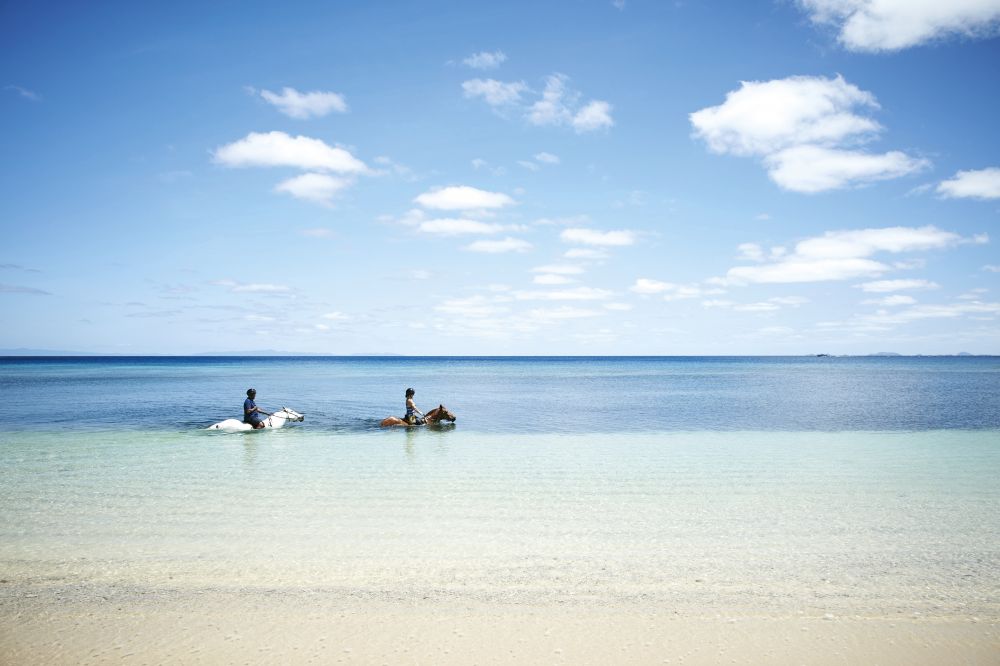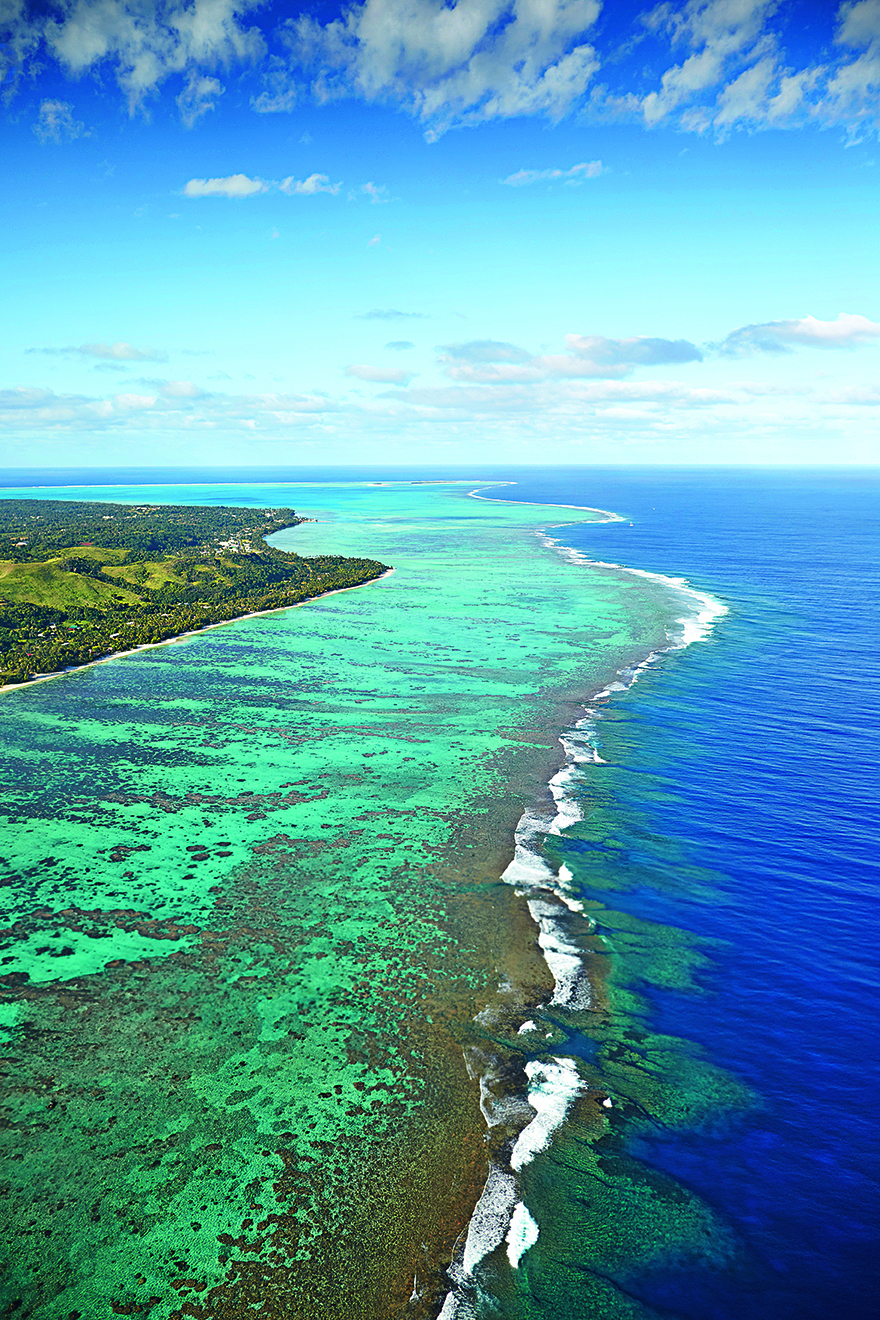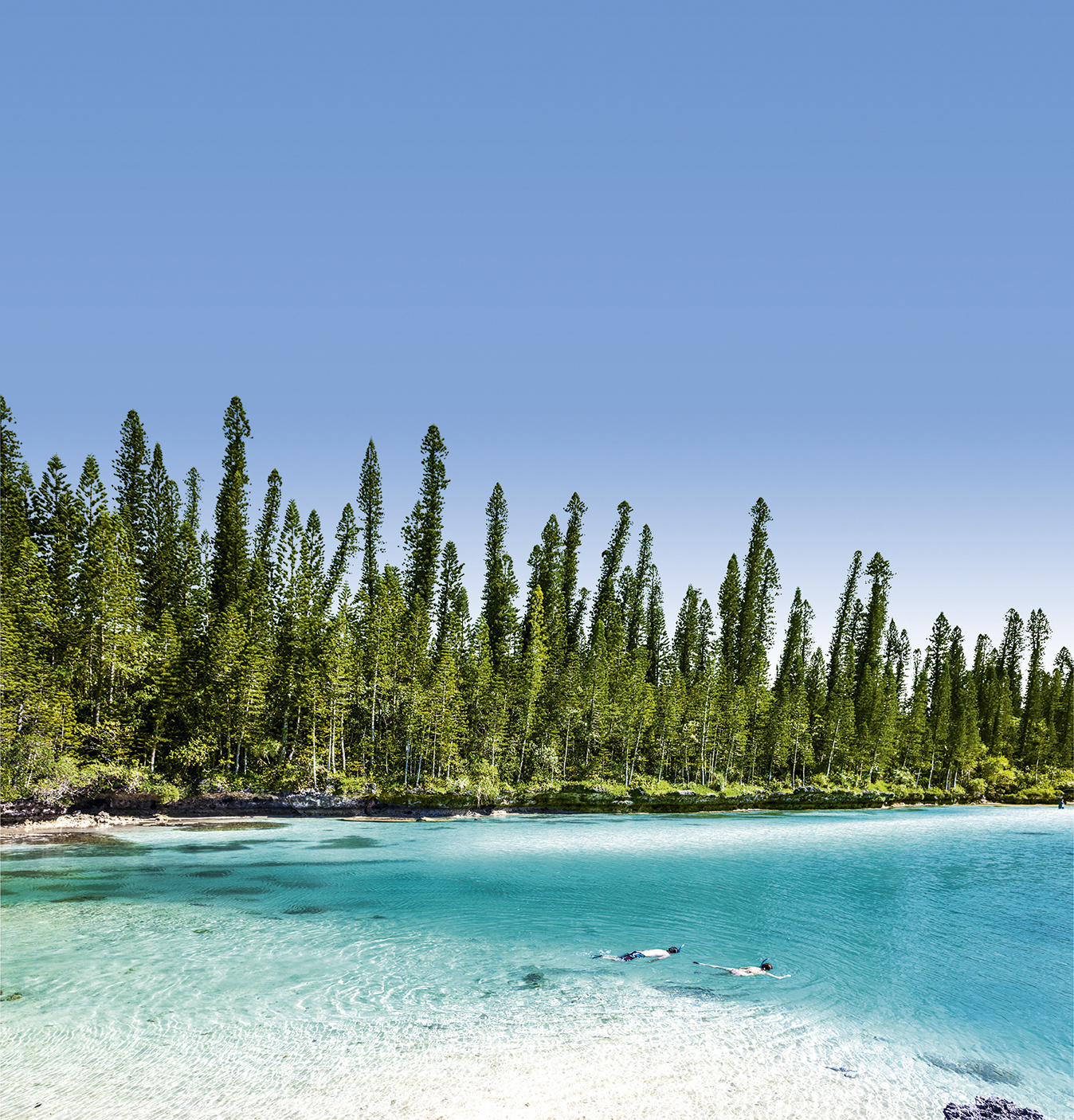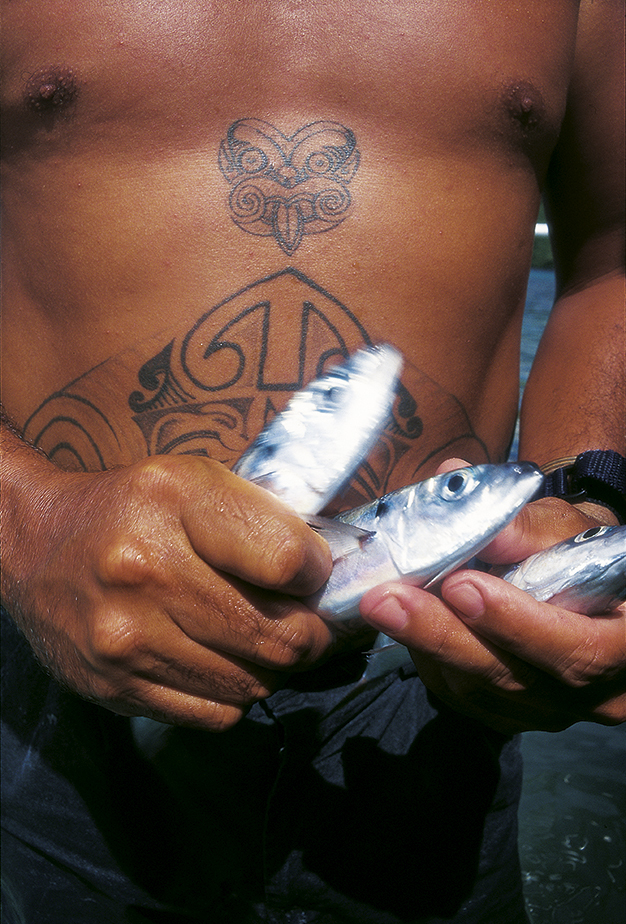Windward Islands
A cosmopolitan capital that gives a flavour in every sense of French Polynesia, from the international cuisine to the traditions and culture, Tahiti’s Papeete provides the perfect introduction to this small family of islands that are made for a shoes-off, sand-between-the-toes, away-from-it-all Pacific experience.
But first, navigating your way through the maze of names and sub-divisions in the Pacific can be more taxing than the flight times, although it’s worth the effort. First, you have the wider group of 121 French Polynesian islands, stretching over 3,200 miles of the Pacific; zoom in further and there are the 14 of the Society Islands; further still and you find the Windward Islands (confusingly, there’s also a Caribbean variant) – the eastern cluster of Tahiti, Moorea, Mehetia, Tetiaroa and Maiao. These last two are coral atolls – Tetiaroa is on a long-term lease to Marlon Brando’s estate, so you have to stay on the Brando Resort, and Maiao is home to 350 people who put a ban on foreigners after a rogue Englishman set up shop and exploited them in the Thirties. Mehetia is nothing more than an uninhabited stratovolcano; which leaves the island of Tahiti (more confusion: Tahiti is also the name used for French Polynesia in its entirety) and its heart-shaped little sister, Moorea, a 30-minute boat trip west.
Moorea’s 37km of coastline is sprinkled with pastel-coloured houses, world-class diving sites and abundant coral and sealife, but packs just as much within, not least eight mountains – the 1,200m Mount Tohivea towers over all – plus lush valleys, rainforest and a northern coast cut with two almost symmetrical bays. It’s the kind of barefoot island honeymooners long for but rarely find, and there’s accommodation to suit all pockets.
Tahiti, however, is the gateway, and the largest of not only the Windward Islands, but of all French Polynesia’s islands, with more than 190,000 people living on a land dominated by three extinct volcanoes, which have been the inspiration behind endless myth and legend. Papeete is multicultural, and it makes sense to stop awhile and take in the markets and buzzy waterfront food scene. With varied influences, it reflects, naturally, French culture, but also the Asians who’ve made it home.
After that, it’s a case of heading to your own strip of coral reef-fringed, white-sand perfection, where snorkellers and divers alike can get their tropical fish fix. Staying in a thatched, stilted bungalow over the warm Pacific waters isn’t compulsory, but it’s almost par for the course here, as is heading out on an outrigger canoe to get the full, truly authentic French Polynesian experience.







